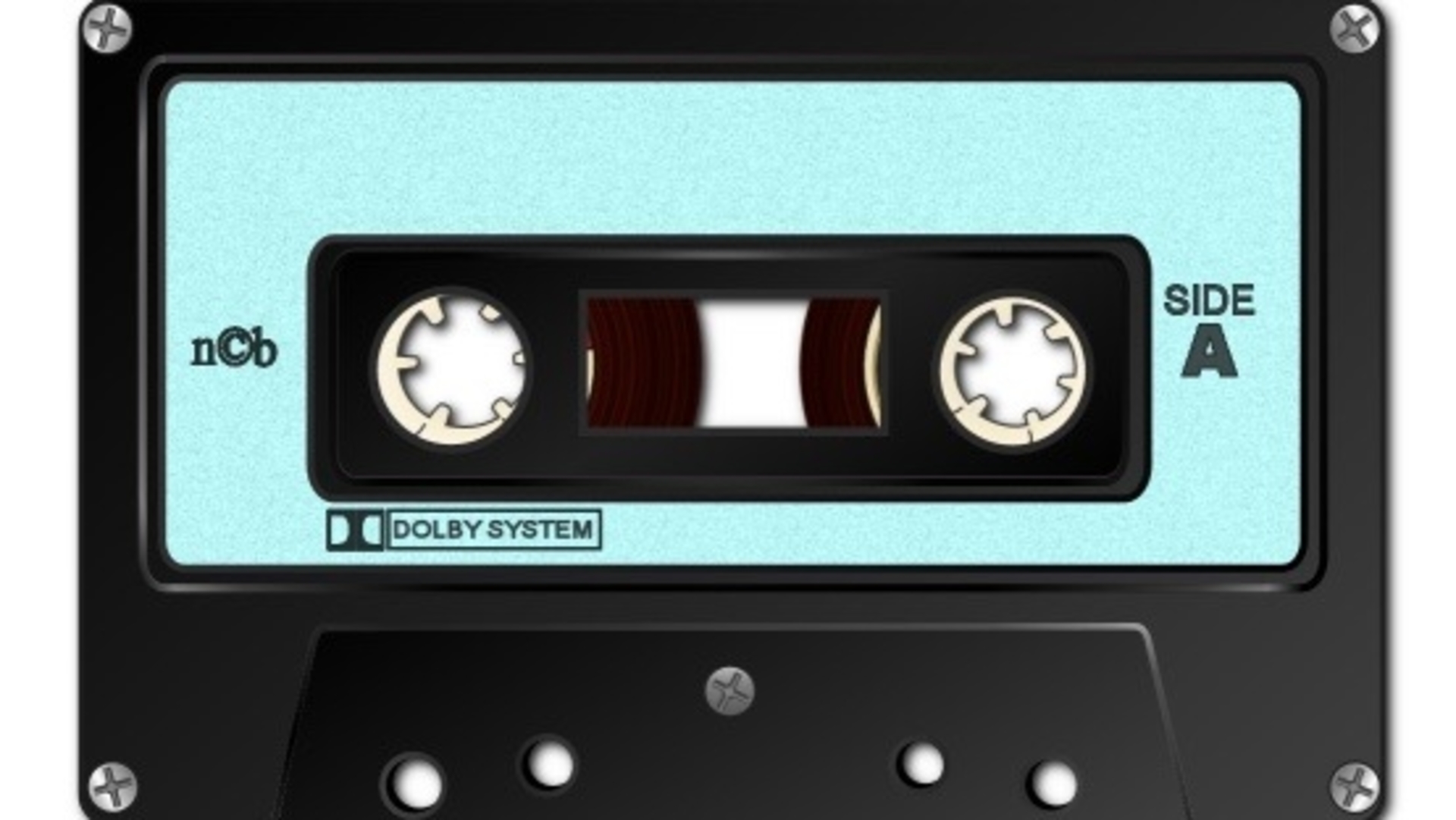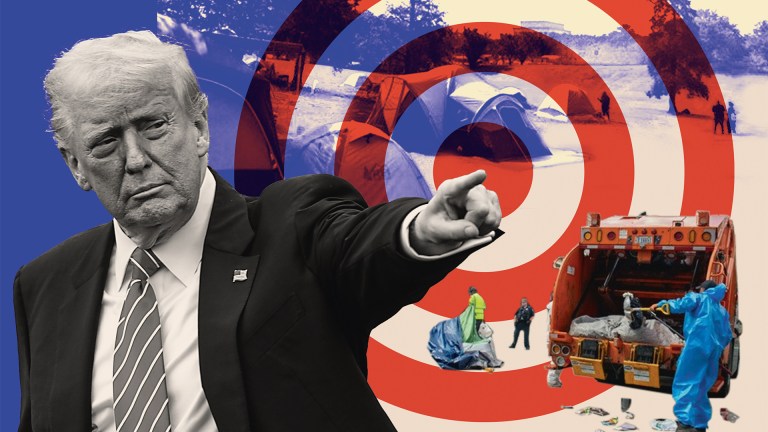Given that the record industry was in free fall between 2000 and 2014, you can’t fault it for wanting to accentuate the positives whenever and wherever it can. So in the wake of “the vinyl revival” it is now time to make way for “the cassette revival”.
In an age of streaming where the consumer has a nebulous relationship with music that has been reduced to a string of zeros and ones on their laptops and phones, here is proof that the physical music object has taken on a new totemic power.
The act of buying a cassette – that most user-unfriendly of music formats – is now presented as nothing less than a consumer uprising. The tangible has trumped the digital.
Except, well, that’s hokum.
If the “rise” of cassettes is a triumph of anything it is a triumph of marketing. They are designed to appeal to hardcore fans, themselves a dwindling demographic, who want to snap up everything associated with a favourite act where this most moribund of formats actually becomes a form of merchandise. In that sense cassettes are no different to a Taylor Swift T-shirt or an iPhone case with the faces of BTS on it.
No artist is going to fatten up their retirement fund from selling cassettes
Crucially, because they are audio formats, they also count towards the top 40, helping to jet-power an album to the higher echelons of the charts in its crucial opening week at a time when streams often take weeks to gather sufficient head of steam to give the album a strong placing.









